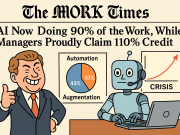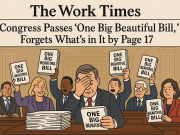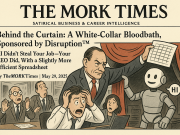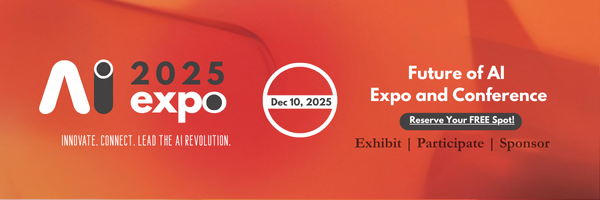In an era where social impact and workforce readiness are more imperative than ever, nonprofit organizations stand at the crossroads of opportunity and innovation. These entities, traditionally seen as advocates for social change, are increasingly becoming pivotal in driving workforce development through robust vocational training programs.
Nonprofits are adept at understanding community needs, often working closest to the challenges that various populations face. This unique positioning allows them to identify skill gaps within the workforce with a precision that is unmatched. But how can these organizations leverage this understanding to foster workforce development that not only benefits the individual but also serves the greater mission of social impact?
The answer lies in the establishment of targeted vocational training programs that align with the very ethos of nonprofit work – creating meaningful change. By developing educational courses that specifically address the areas where skills are lacking, nonprofits can tailor their programs to suit the communities they serve. This focus not only equips individuals with the skills needed for employment but also ensures these skills are relevant and immediately applicable.
Consider the potential that arises when trade schools and nonprofit organizations join forces. Such collaborations can augment the learning experience through shared expertise and resources, leading to enhanced outcomes for participants. The blend of technical know-how from vocational trainers and the contextual insights of nonprofits creates a learning environment where continuous improvement is not just encouraged but is foundational.
However, the integration of vocational training into nonprofit workforce initiatives is not without challenges. Funding constraints, curriculum development, and ensuring long-term sustainability are just a few of the hurdles that can impede the launch and growth of these programs. To overcome these, strategic partnerships, innovative financing models, and a commitment to measuring impact are vital.
Nonprofits must also navigate the delicate balance between immediate workforce needs and the overarching mission of their organization. The key is to develop vocational training programs that are both responsive and aligned with the long-term goals of the community they serve.
Success stories are emerging as more nonprofits adopt workforce development as a critical component of their strategy. One such example is a New York-based nonprofit that partnered with local trade schools to offer culinary arts training to low-income individuals. This program not only resulted in immediate job placements but also fostered a sustainable talent pipeline for the local food industry, which was previously experiencing a significant skills shortage.
By embracing the synergy between vocational training and workforce development, nonprofits can transform lives and communities. They not only address the immediate need for job readiness but also contribute to building a society that values continuous learning and growth.
The result is a win-win: nonprofits can further their mission-driven work, the workforce becomes more skilled and adaptable, and communities thrive through the empowerment of their members. With mindful implementation and a focus on impact, the intersection of vocational training and nonprofit workforce development can be a driving force for social good in our society.



























